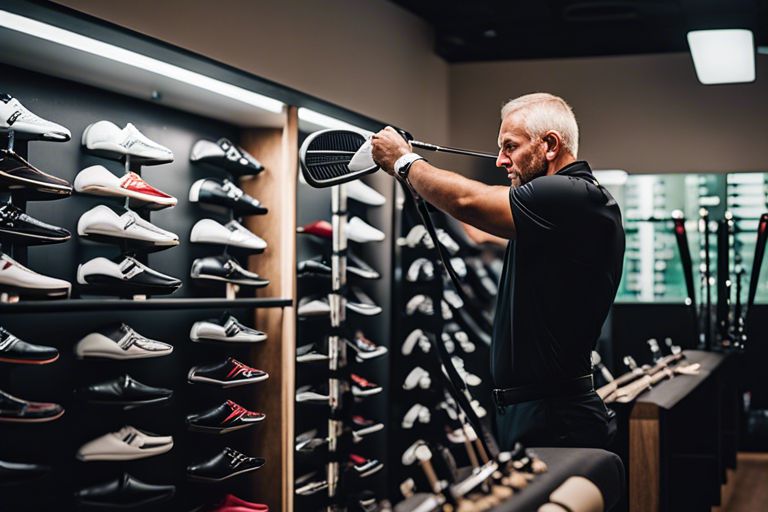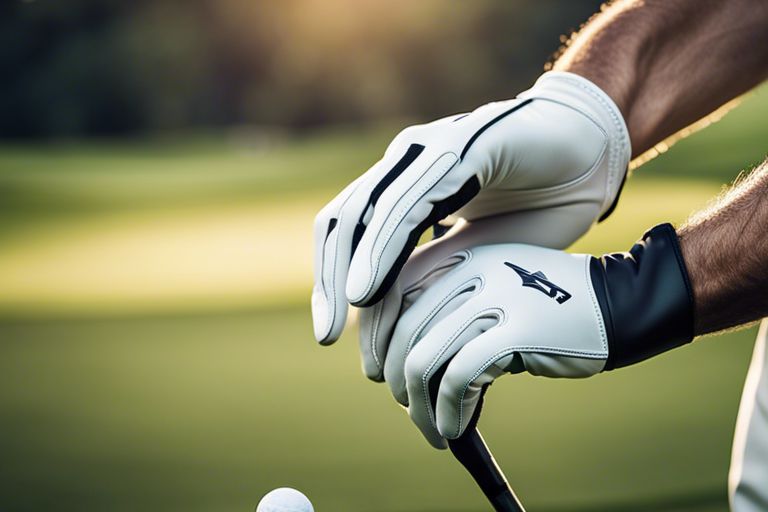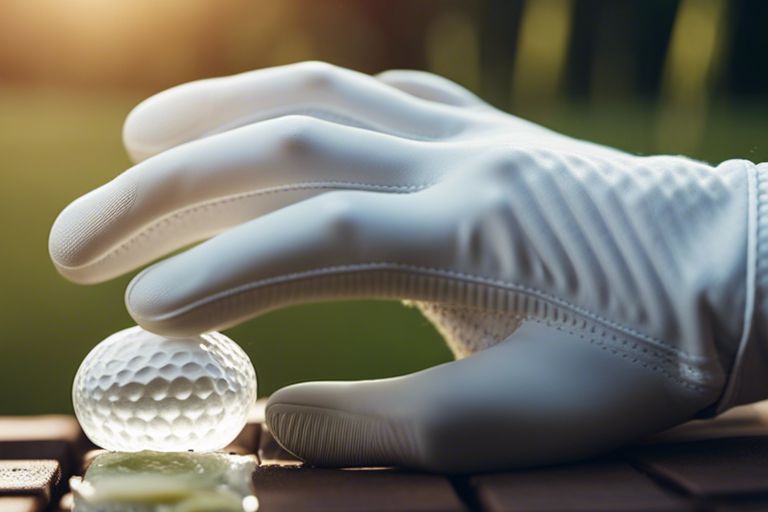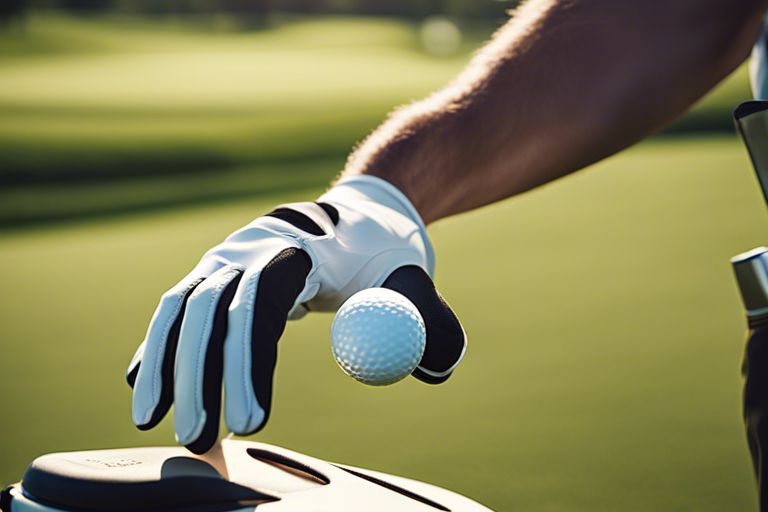Most golfers struggle with finding the right size of clubs. The correct fit is crucial for a successful game. Your height, arm length, and swing speed all play a role in determining the ideal size for your golf clubs. In this guide, we will help you understand how to measure and choose the perfect size clubs to improve your performance on the course.
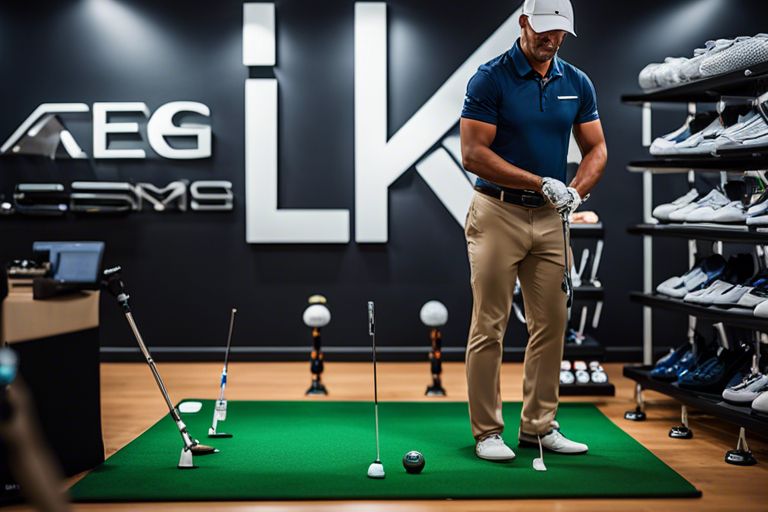
Key Takeaways:
- Club Length: Getting the correct club length is crucial for experiencing optimal performance on the golf course.
- Custom Fitting: It is recommended to get custom fitted for golf clubs to ensure they are the right size based on your height, swing, and playing style.
- Consult a Professional: If you are unsure about the size of golf clubs you need, consult with a golf professional or club fitter for expert advice.
Determining Your Golf Club Size
Measuring Your Height and Wrist-to-Floor Distance
With regard to determining the size of your golf clubs, one vital factor to consider is your height and wrist-to-floor distance. You can measure your height by standing upright without shoes against a wall and marking the wall at the top of your head. For the wrist-to-floor distance, stand up straight with your arms hanging naturally at your sides and measure the distance from your wrists to the floor. These measurements are crucial in determining the appropriate length for your golf clubs.
Considering Your Swing Style and Speed
One crucial aspect to consider when determining the right size of golf clubs for you is your swing style and speed. Your swing style, whether it is smooth and rhythmic or fast and powerful, can impact the type of shaft flex that would be most suitable for you. Players with a faster swing speed might benefit from stiffer shafts to maximize control and distance, while those with a slower swing speed may find more success with a more flexible shaft for better energy transfer.
Speed and tempo play a significant role in the selection of the right golf club size for your game. If you have a more aggressive swing with higher speed, you may need shorter clubs to maintain control and accuracy. Conversely, if you have a slower swing speed, longer clubs may help in generating more distance. It’s crucial to evaluate your swing style and speed to determine the best fit for your golf clubs.
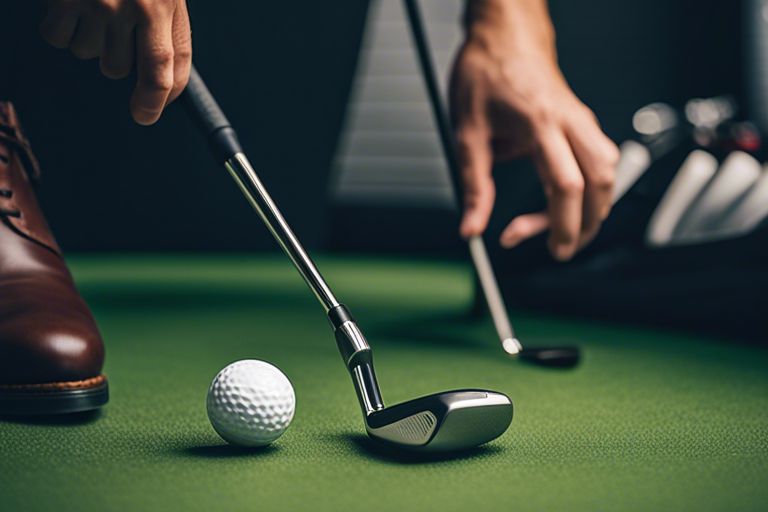
Club Length and Lie Angle
How Club Length Affects Your Swing
Any avid golfer knows that the length of your golf clubs can significantly impact your swing. For example, if your clubs are too long, you may find it challenging to maintain control and accuracy in your shots. On the other hand, if your clubs are too short, you might have to adjust your stance and posture, leading to inconsistency in your swing.
Understanding Lie Angle and Its Impact on Ball Flight
Angle. The lie angle of your golf clubs plays a crucial role in determining the direction and trajectory of your shots. It refers to the angle between the shaft of the club and the ground when the club is held in a standard position. An incorrect lie angle can result in off-center hits, causing the ball to veer off course. Adjusting the lie angle of your clubs can help you make more accurate shots and improve your overall performance on the course.
Understanding how the lie angle affects your ball flight can help you make informed decisions when selecting or customizing your golf clubs. A proper lie angle ensures that the clubface makes solid contact with the ball at impact, optimizing distance and accuracy in your shots. Consulting with a professional club fitter can help you determine the correct lie angle for your clubs based on your swing mechanics and playing style.
Factors Affecting Club Size
Once again, selecting the right size golf clubs is crucial for improving your game. Several factors can influence the size of clubs that will suit you best. Consider the following:
Age and Flexibility
To determine the appropriate size of golf clubs based on your age and flexibility, consider choosing clubs with lighter shafts if you have less strength or slower swing speeds. Younger golfers tend to have more flexibility and can benefit from longer clubs to optimize distance. The flexibility of the shaft also plays a crucial role in how the club performs during your swing.
The size of the club grips can also impact your performance on the course, affecting your comfort and control with each swing. The size of your hands and your grip style can help determine the most suitable grip size for your clubs. The type of grip you prefer, such as a thicker or thinner grip, can influence your comfort level and the consistency of your shots. The proper grip size can help prevent gripping too tightly, leading to better club control and more accurate shots.
Playing Style and Preferences
Your playing style and preferences can influence the type and size of clubs that work best for you. For example, if you have a more aggressive swing, you may benefit from stiffer shafts to provide more control. Conversely, if you have a smoother swing, a more flexible shaft may help generate more power and distance. Your preferences, such as the club head design and material, can also impact your performance on the course. Some players may prefer a certain look or feel when addressing the ball, which can affect their confidence and overall play.
Preferences:
When dicking out your clubs, consider your playing style, preferences, and comfort level. Experimenting with different club sizes and configurations can help you find the perfect fit for your game. Whether you prioritize distance, accuracy, or control, choosing clubs that cater to your preferences can enhance your overall performance on the course.
Flexibility:
Maintaining flexibility in your club selection allows you to adapt to different course conditions and challenges. Having a versatile set of clubs that align with your playing style and preferences ensures you are prepared for any situation you may encounter during a round of golf. Adjusting your club size based on your flexibility and playing conditions can help you optimize your performance and enjoyment of the game.
Choosing the Right Club Head Size
Driver and Fairway Wood Head Sizes
Any golfer knows that the size of a club’s head can significantly impact your performance on the course. In terms of drivers and fairway woods, the head size is crucial. A larger head size typically means a larger sweet spot, which can be more forgiving on off-center hits. This can be beneficial, especially for beginners who may not hit the ball consistently in the center of the clubface.
On the other hand, a smaller head size can offer more control and workability for skilled players who prefer to shape their shots. Ultimately, the decision on head size for your driver and fairway wood comes down to personal preference and your skill level. Make sure to try out different head sizes to see which one feels the best for your game.
Iron and Hybrid Head Sizes
Head size is also a crucial factor to consider when choosing your irons and hybrids. Larger iron and hybrid heads can provide more forgiveness on mis-hits, helping you get the ball airborne even if you don’t strike it perfectly. This can be particularly useful for high handicappers or players looking to improve their ball-striking consistency.
On the other hand, smaller iron and hybrid heads offer more precision and control, allowing skilled players to work the ball as needed. Finding the right balance between forgiveness and workability is necessary when selecting the head size for your irons and hybrids. Consider your skill level and playing style to determine which head size will best suit your game.
When choosing the size of your iron and hybrid heads, it’s necessary to find a balance between forgiveness and control. A larger head size can help beginners and high handicappers achieve better results on mis-hits, while smaller heads provide more precision for skilled players looking to shape their shots with accuracy.
Putter Head Sizes and Face Inserts
Head size plays a significant role in the performance of your putter as well. Larger putter heads can offer more stability and forgiveness on off-center strikes, promoting a smoother roll and improved distance control. Some putters also come with face inserts that can enhance the feel and consistency of your putts.
Wood selecting a putter, consider the head size and face inserts to find the right combination that suits your putting stroke and preferences. Experiment with different head sizes and face inserts to determine which option gives you the most confidence on the greens. Your putter is a crucial club in your bag, so invest the time to find the perfect head size and features for your putting game.
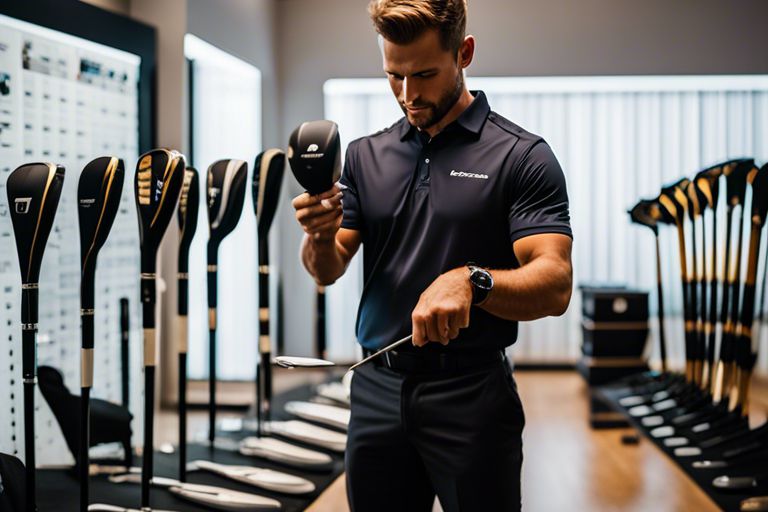
Shaft Flexibility and Material
After determining the correct length for your golf clubs, the next crucial factor to consider is the shaft’s flexibility and material. These factors can greatly impact your performance on the course. Let’s investigate into the differences between graphite and steel shafts and the flexibility options available to help you make an informed decision.
Graphite vs. Steel Shafts: Which is Right for You?
Material plays a significant role in how a golf club performs. Graphite shafts are lighter and tend to generate more clubhead speed, making them a popular choice for players seeking greater distance. On the other hand, steel shafts offer more control and accuracy, making them preferred by golfers looking to improve their shot-making abilities. Consider your playing style and skill level when choosing between graphite and steel shafts to find the best fit for your game.
Flexibility Options: Regular, Stiff, and Extra Stiff
On top of material, shaft flexibility is another important factor to consider when selecting golf clubs. The flexibility of a shaft affects the feel and performance of your swing. Regular flex shafts are suitable for most golfers, providing a balance of distance and control. Stiff flex shafts are better suited for players with faster swing speeds, offering more control and accuracy. Extra stiff flex shafts are designed for the strongest and fastest swingers, providing maximum control for precise shot-making. Choose the flexibility option that matches your swing speed and skill level to enhance your overall performance on the course.
Which flexibility option is right for you? To determine the best shaft flexibility for your golf clubs, consider factors such as your swing speed, strength, and playing style. Getting fitted by a professional club fitter can also help you find the ideal shaft flexibility to optimize your performance and enjoy a more consistent game.
Fitting Your Clubs to Your Swing
Unlike buying off-the-shelf clubs, getting your golf clubs custom-fitted can make a world of difference in your game. Fitting your clubs to your swing is crucial for optimizing your performance on the course. This process involves analyzing your swing characteristics, such as clubhead speed, swing path, and angle of attack, to determine the best shaft length, flex, and clubhead design for your individual swing.
Working with a Professional Fitter
Working with a professional club fitter is the best way to ensure that your clubs are perfectly tailored to your swing. A club fitting session typically involves hitting balls on a launch monitor while the fitter analyzes key data points to recommend the ideal club specifications for you. They will also consider factors like your height, hand size, and physical strength to recommend the most suitable grips, shafts, and clubheads for your game.
Self-Fitting: Tips and Tricks
Your body and swing can also provide valuable clues about the right club specifications for you. If you prefer a more hands-on approach, you can try self-fitting your clubs using some simple tips and tricks. Start by measuring your height and wrist-to-floor distance to get a rough estimate of the ideal shaft length for your clubs. You can also pay attention to how you strike the ball and the flight pattern of your shots to determine if you need a different shaft flex or clubhead design.
- Experiment with different grip sizes to find one that feels comfortable and secure in your hands.
- Hit balls with different shaft flexes to see which one gives you the best combination of distance and control.
After self-fitting your clubs, it’s a good idea to test them on the course and fine-tune your choices based on real-game performance. Note, the goal is to find the clubs that complement your swing and help you achieve your best possible results on the course.
Summing up
Following this guide on “What Size Golf Clubs Do I Need?”, you should now have a clear understanding of the key factors to consider when choosing the right size of golf clubs for your game. Remember to take into account your height, arm length, swing speed, and skill level to ensure that your clubs are properly fitted to optimize your performance on the course. It’s always a good idea to consult with a professional club fitter to get personalized recommendations for your specific needs.
By investing the time and effort into selecting the right size golf clubs for you, you can enhance your playing experience and see improvements in your overall game. So, take these guidelines to heart, get properly fitted, and get ready to hit the fairways with confidence and precision!
FAQ
Q: How do I determine what size golf clubs I need?
A: The best way to determine the size of golf clubs you need is by getting a club fitting. A club fitting involves taking various measurements such as your height, arm length, and swing speed to determine the best club specifications for your game.
Q: Should I use standard size golf clubs or custom-fitted clubs?
A: While standard size golf clubs may work for some golfers, custom-fitted clubs are generally recommended for golfers looking to improve their game. Custom-fitted clubs are designed to fit your individual swing characteristics, resulting in better accuracy and distance.
Q: What are the common indicators that my golf clubs are the wrong size?
A: Common indicators that your golf clubs may be the wrong size include consistently hitting the ball too far left or right, having difficulty making solid contact with the ball, experiencing back pain or discomfort after playing, or feeling like you need to adjust your posture to compensate for the clubs.

